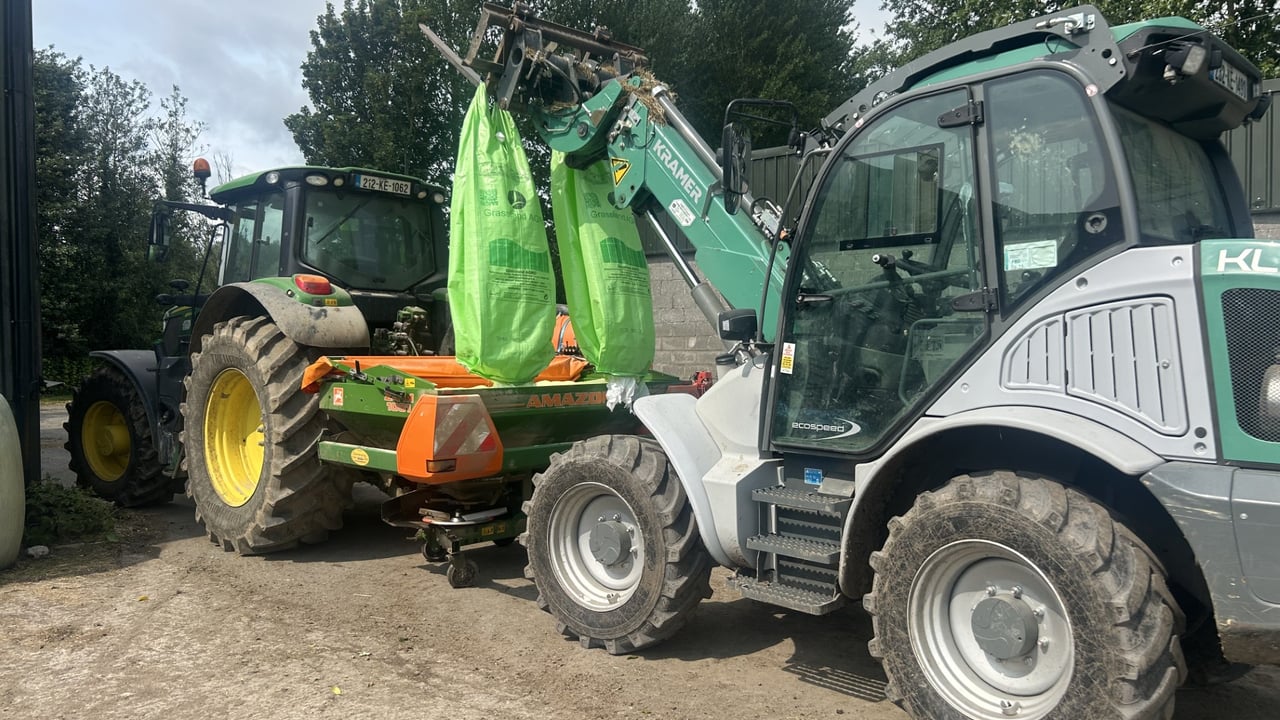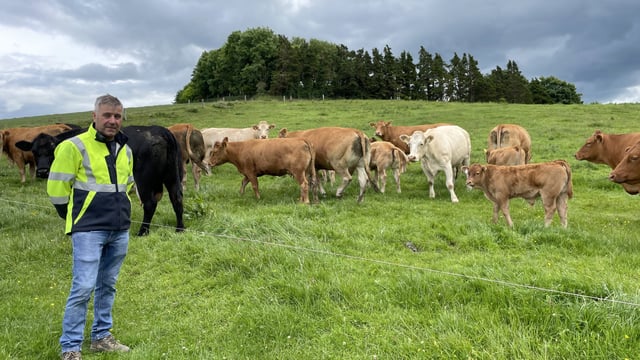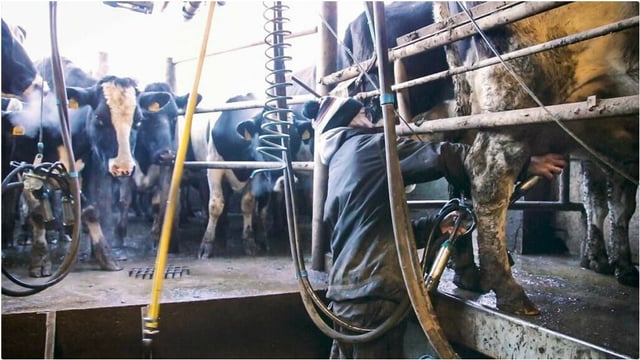Slurry and fertiliser application for next few weeks as heat arrives
As grass growth rates pick up with the mix of rain and heat in the soil over the last couple of days, slurry and fertiliser application need to exploit this growth even further.
The start of June has been a slow enough month for grass growth, as farmers have struggled to stay ahead of a grass deficit.
With grass growth now steadily improving with the recent good weather, we need to take advantage of this situation.
It can be easy to see good growth and forget about nutrient applications, but it is crucial to keep up-to-date to keep quality grass ahead of cows.
Grass quality has been an issue on many farms across the country, as the last rotation or two saw a lot of toppers and mowers out trying to correct grass quality for the next rotation.
PastureBase Ireland (PBI) shows that dry matter (DM) production on farms has not advanced in line with increased grass demand, as grass DM production has averaged 13.2t DM/ha/year from 2014–2024.
According to Teagasc, grazed grass/clover swards continue to be the cheapest feed source available, as they deliver nutrients 2.7 times cheaper than grass silage and 3.8 times cheaper than concentrate.
However, to get the full benefits of that, farmers need to really focus on growing and utilising more grass. which is influenced by soil fertility, grazing management, using grass clover swards. and nitrogen (N) input.
So, during the mid-grazing season, it is crucial to stay on top of N and nutrient inputs to try and target a total grass production of 14-15t DM/ha. which is difficult but definitely achievable for the majority of soil types.
Now that we are well into June, farmers have the opportunity to cut back on their N application on clover paddocks. Some farmers opt to cut their application in half for now or continue with just dairy washings for the next few weeks.
The N strategy for swards varying in clover content (content measured in April) on derogation farms as per Teagasc is as follows:
| April clover content % | Mid Feb | Mid March | Mid April | Mid May (2 rot) | Mid June(2 rot) | Mid July(2 rot) | Mid Aug | Mid Sept | Total |
|---|---|---|---|---|---|---|---|---|---|
| Chemical Fertiliser (kg N/ha) | |||||||||
| Grass sward | 24 | 36 | 20 | 32 | 28 | 28 | 21 | 23 | 212* |
| 5% | 20 | 35 | 20 | 20 | 20 | 20 | 20 | 20 | 175 |
| 10% | 20 | 35 | 20 | 15 | 15 | 10 | 15 | 20 | 150 |
| 15% | 20 | 35 | 20 | 15 | 10 | Soiled water | 10 | 20 | 130 |
| 20% | 20 | 35 | 20 | 15 | Soiled water | Soiled water | Soiled water | 15 | 105 |
In this scenario, the chemical N fertiliser can be increased to 230kg N/ha in paddocks with no clover as long as the whole farm does not exceed 212kg N/ha.
This allows for parts of the farm to receive more N if necessary and hopefully drive on more annual grass production.
Paddocks that have an adequate sward clover content can have their N reduced from the end of April and into May. The chemical N is then replaced by targeted dairy washings application at a rate of about 2,000gals/ac.
The target for sulphur (S) application is 15-20 units/acre before July 1 for grazing ground on dry land and 10-12 units/ac on heavy land.
Slurry is still going to have a big part to play if there is still some left in the yard as, if surplus bales are taken away, every 3 bales/ac taken off will require about 1,000 gal/ac of a 6% DM slurry just to replace the phosphorus (P) and potassium (K).
If first-cut silage is only recently cut, apply dilute slurry at about 2,500gals/ac or the equivalent of two bags an acre of 0:7:30 if slurry is not available. Then 10 days later top up with protected urea with S of about 60 units of N and 12 units of S/ac.





